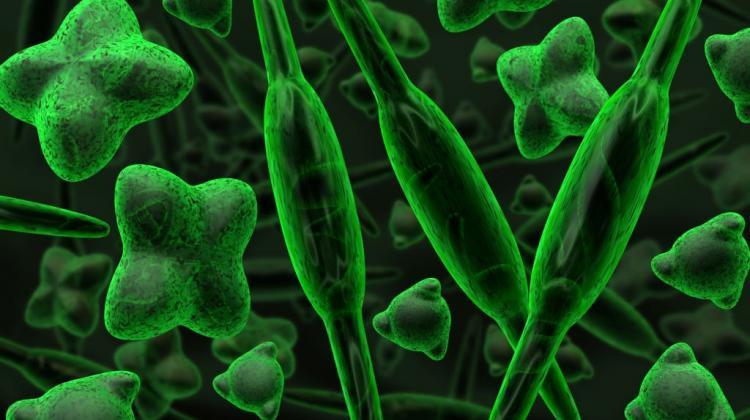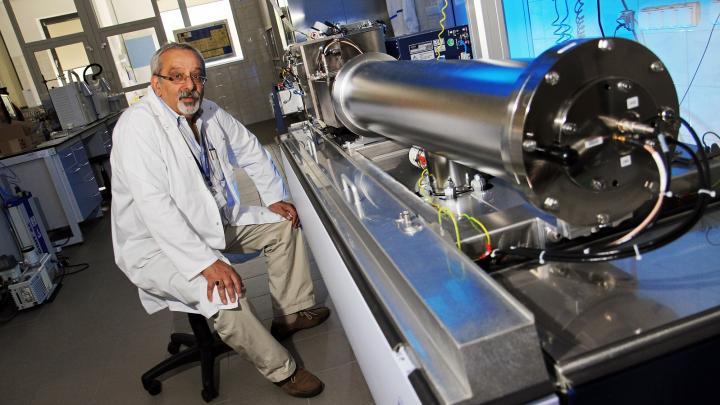Algae dressing
 Photo: Fotolia
Photo: Fotolia
Scientists are spying at diatoms and want to use them in medicine. Researchers are analysing the ability of microscopic algae to synthesize silica. This three-dimensional, openwork nanostructure can be used to create biocomposites for the production of dressings for difficult to heal wounds, pressure sores and skin infections.
"In the search for solutions for modern technologies, microorganisms are a rich source of inspiration. This includes diatoms that build silica shells with an extremely complex, porous nanostructure" - says Prof. Bogusław Buszewski from the Faculty of Chemistry of the Nicolaus Copernicus University in Toruń, head of the scientific project Biog-NET.
The Foundation for Polish Science awarded a PLN 21 million grant for this research as part of the TEAM-NET programme. The foundation informed about the project in a release.
Prof. Buszewski explaines that diatoms are unicellular algae found all over the globe, in all aquatic environments, including ice and snow. Their silica shells have a diameter of approx. 10 micrometers (one hundredth of a millimeter). Although they are so microscopic, they have a porous structure, and their surface is folded and cut with numerous gaps.
This openwork structure fascinates scientists and engineers. Thanks to it, diatom shells can be a starting point for the development of a new generation of silica nanomaterials, biocompatible with living organisms. In addition, they can act as a "box" or "storage" for biologically active substances, released depending on the needs and purpose. Several scientific centres around the world have already attempted to use diatoms as drug carriers.
Scientists from the BIOG-NET consortium intend to create innovative nanosilica composites. They will modify diatom shells with various metals, for example ruthenium or silver, to give them completely new, unique properties. The resulting biocomposites will have the capacity to absorb or release specific medicinal substances.
"Such dressings can be used to treat hard to heal wounds, pressure sores or skin infections" - explains Prof. Buszewski.
But in order to create such dressings, researchers must first determine the conditions, under which diatoms can be grown efficiently. They will also develop methods for advanced, precise imaging and modelling of their surface structures. Then, they will learn to transform silica nanostructures obtained from microorganisms into target products.
Six research centres are involved in the BIOG-NET project. In addition to the Faculty of Chemistry of the Nicolaus Copernicus University in Toruń, these are: the Faculty of Earth Sciences of the University of Szczecin, the Faculty of Mechanical Engineering of the Bialystok University of Technology, the Faculty of Chemistry of the Adam Mickiewicz University in Poznań, the Faculty of Materials Science and Engineering of the Warsaw University of Technology and the Faculty of Biology and Biotechnology of the University of Warmia and Mazury in Olsztyn.
Scientists hope for quick commercialisation of the functionalised silica nanomaterials they are developing, as TZMO Toruń is the strategic partner of the BIOG-NET project. Industrial partners are Sygnis and AdvaChemLab.
"Pharmaceutical companies, manufacturers of dietary supplements and household chemistry are also interested in our research. Another option is to apply the results of our work in broadly defined cosmetology" - concludes Prof. Buszewski.
PAP - Science in Poland
kol/ ekr/ kap/
tr. RL
Przed dodaniem komentarza prosimy o zapoznanie z Regulaminem forum serwisu Nauka w Polsce.
















